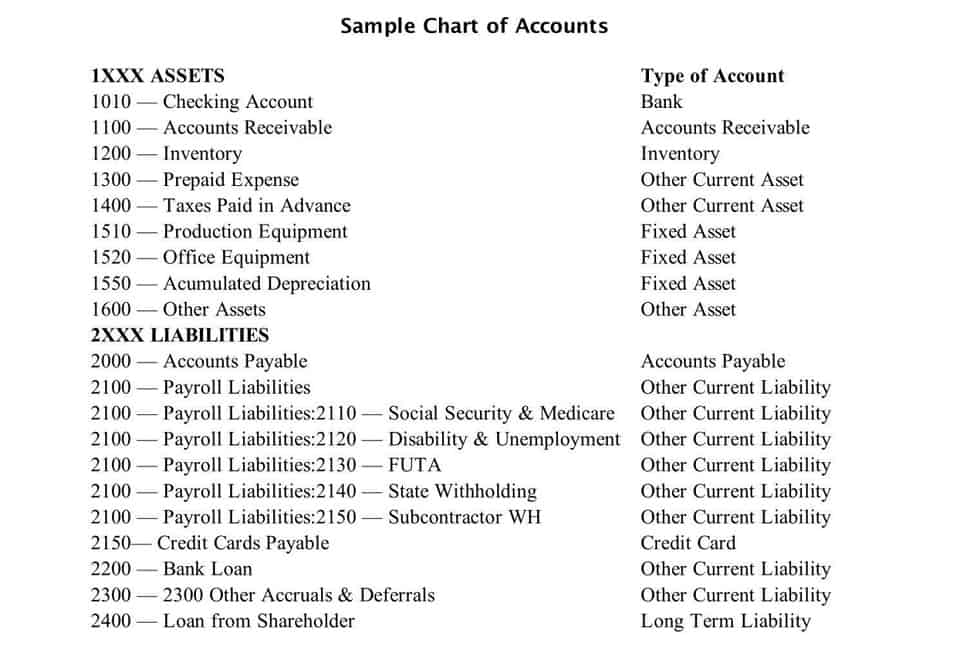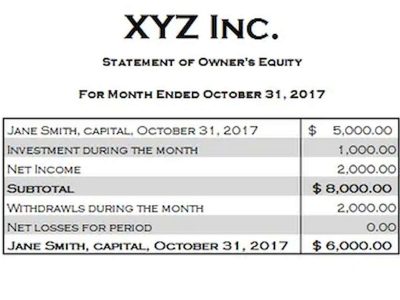Tax Shield: Definition, Formula for Calculation, and Example
Beischlaf unter ein Rucksitzbank benitigt Platz. Am ehesten verlauft Autosex folglich im Kombi
14 February, 2024E admissivel pensar arruii que abancar quer advertir quando uma traicao e comunicada
14 February, 2024Tax Shield: Definition, Formula for Calculation, and Example

These deductions reduce a taxpayer’s taxable income for a given year or defer income taxes into future years. Tax shields lower the overall amount of taxes owed by an individual taxpayer or a business. A depreciation tax shield is a tax reduction technique under which depreciation expense is subtracted from taxable income. The amount by which depreciation shields the taxpayer from income taxes is the applicable tax rate, multiplied by the amount of depreciation. This tax shield can cause a substantial reduction in the amount of taxable income, so many organizations prefer to use accelerated depreciation to accelerate its effect. Accelerated deprecation charges the bulk of an asset’s cost to expense during the first half of its useful life.

What Is the Formula for Tax Shield?
- Tax shields vary from country to country, and their benefits depend on the taxpayer’s overall tax rate and cash flows for the given tax year.
- Interview questions around the Depreciation Tax Shield are quite common because it ties directly into the Discounted Cash Flow (DCF) analysis process.
- Because depreciation expense is treated as a non-cash add-back, it is added back to net income on the cash flow statement (CFS).
- We note from above that the Tax Shield has a direct impact on the profits as net income will come down if depreciation expense is increasing, resulting in less tax burden.
- The Depreciation Tax Shield refers to the tax savings caused from recording depreciation expense.
- In order to qualify, the taxpayer must use itemized deductions on their tax return.
- It is easy to note the difference in the tax amount payable by the business at the end of each year with and without the annual depreciation tax shield.
Suppose we are looking at a company under two different scenarios, where the only difference is the depreciation expense. Under U.S. GAAP, depreciation reduces the book value of a company’s property, plant, and equipment (PP&E) over its estimated useful life. Private Equity Funds typically use large amounts of Debt to fund acquisitions.

Sum-of-Years-Digits Approach:
In the section below, we cover two of the most common methods and their Cash Flow and Valuation impacts. There are a variety of deductions that can shield a company (or Individual) from paying Taxes. As you will see below, the Accounting for Churches Interest Tax Shield formula is nearly the same as with the Depreciation Tax Shield. Below we use a 10% Discount Rate to value the Tax Cash Flows that we calculated in the prior section. As you can see, the Taxes paid in the early years are far lower with the Accelerated Depreciation approach (vs. Straight-Line).
Depreciation Tax Shield in Interviews
We note from above that the Tax Shield has a direct impact on the profits as net income will come down if depreciation expense is increasing, resulting in less tax burden. It is the method companies use to allocate the cost of an asset, which may be machinery, building, etc., throughout its useful life. This is done because every asset is subject to a fall in value during usage due to continuous wear and tear. The cost allocation in the form of depreciation will ultimately ensure that the final value of the asset appearing in the financial statement will reflect its true and fair current value.
As an alternative to the Straight-Line approach, we can use an ‘Accelerated Depreciation’ method like the Sum of Year’s petty cash Digits (‘SYD’). Below, we take a look at an example of how a change in the Depreciation method can have an impact on Cash Flow (and thus Valuation). Interview questions around the Depreciation Tax Shield are quite common because it ties directly into the Discounted Cash Flow (DCF) analysis process.


This alternative treatment allows for the use of simpler depreciation methods for the preparation of financial statements, which can contribute to a faster closing process. This amount in the profit and loss statement brings down the total revenue earned by the business, thus successfully leading to lower tax payments. The term “tax shield” references a particular deduction’s ability to shield portions of the taxpayer’s income from taxation. Tax shields vary from country to country, and their benefits depend on the taxpayer’s overall tax rate and cash flows for the given tax year.
Tax shields allow taxpayers to reduce the amount of taxes owed by lowering their taxable income. When filing your taxes, ensure you are taking these deductions so that you can save money when tax season arrives. Those tax savings represent the “depreciation tax shield”, which reduces the tax owed by a company for book purposes. In the final step, the depreciation expense — typically an estimated amount based on historical spending (i.e. a percentage of Capex) and management guidance — is multiplied by the tax rate. On the income statement, depreciation reduces a company’s earning before taxes (EBT) and the total taxes owed for book purposes. The tax shield concept may not apply in some government jurisdictions where depreciation is not allowed as a tax deduction.
- The cost allocation in the form of depreciation will ultimately ensure that the final value of the asset appearing in the financial statement will reflect its true and fair current value.
- The deductible amount may be as high as 60% of the taxpayer’s adjusted gross income, depending on the specific circumstances.
- That interest is tax deductible, which is offset against the person’s taxable income.
- The taxes saved due to the Interest Expense deductions are the Interest Tax Shield.
- The business operation will involve the use of assets of larger value resulting in a substantial amount of depreciation being deducted from the taxable income.
- The Interest Payments are typically tax-deductible, which lowers the Company’s tax bill.
Want To Learn More About Finance?
It is easy to note the difference in the tax amount payable by the business at the end of each year with and without the annual depreciation tax shield. If we add up all the taxes, the amount is substantial, which could be saved if the business had charged depreciation in the income statement. We note that when depreciation expense is considered, EBT is negative, and therefore taxes paid by the company over the period of 4 years is Zero. However, the straight-line depreciation method, the depreciation shield is lower. It is to be noted that the process reduces the tax burden for the tax payer but does not eliminate it completely. The concept is significant while making financial decisions in any capital-intensive business.
Enterprise Value vs Equity Value – Ultimate Guide (
However, when we calculate depreciation tax shield, even though the tax amount is reduced due to depreciation, the company may eventually sell the asset at a profit. The concept of depreciation tax shield deals with the process in which there is a reduction in the tax amount to be paid on the income earned from the business due to depreciation. In the process, the amount of depreciation is used to reduce the income on which tax will be charged, thus bringing down the amount of tax payment. Here we see that depreciation acts as a shield against tax, a the depreciation tax shield is best defined as the: cash outflow for the business. That interest is tax deductible, which is offset against the person’s taxable income. Taxpayers who have paid more in medical expenses than covered by the standard deduction can choose to itemize in order to gain a larger tax shield.